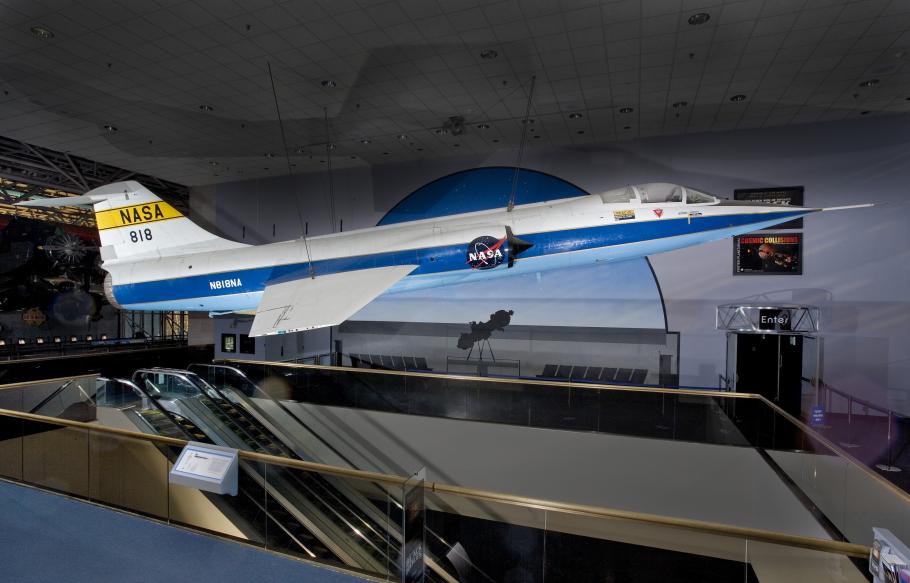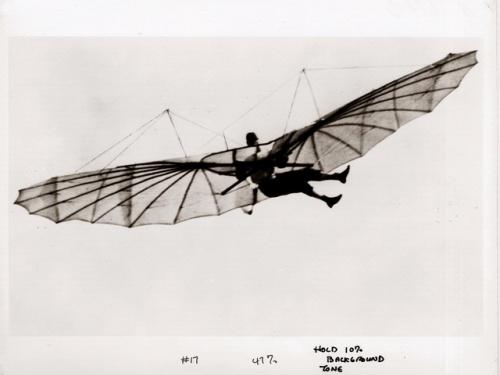Known as "the missile with a man in it," the stubby-winged Lockheed F-104 Starfighter was the first U.S. jet fighter in service to fly Mach 2, twice the speed of sound. Designed as a high-performance day fighter, the F-104 had excellent acceleration and top speed. It first flew on March 4, 1954.
While built for the U.S. Air Force, most Starfighters were flown by other countries, particularly Canada, Italy, Germany, and Japan. Many were built under license overseas.
The National Aeronautics and Space Administration (NASA) flew this F-104A for 19 years as a flying test bed and a chase plane. It was used to test the reaction controls later used on the North American X-15. This aircraft was the seventh F-104 built and was transferred to the Museum after its last flight, to Andrews Air Force Base, on November 18, 1975.
Display Status
This object is not on display at the National Air and Space Museum. It is either on loan or in storage.
Object Details
Key Accomplishment(s)
First Aircraft Capable of Sustained Mach 2 Flight
Brief Description
Known as "the missile with a man in it," the stubby-winged Lockheed F-104 Starfighter was the first U.S. jet fighter in service to fly Mach 2, twice the speed of sound.
Country of Origin
United States of America
Type
CRAFT-Aircraft
Manufacturer
Lockheed Aircraft Company
Dimensions
Wingspan: 6.7 m (21 ft 11 in)
Length: 16.6 m (54 ft 9 in)
Height: 4.1 m (13 ft 6 in)
Weight, gross: 11,271 kg (25,840 lb)
Weight, empty: 6,071 kg (13,384 lb)
Top speed: 1,669 km/h (1,037 mph)
Inventory Number
A19761017000
Credit Line
Transferred from the National Aeronautics and Space Administration
Data Source
National Air and Space Museum
Restrictions & Rights
Open Access (CCO)
For more information, visit the Smithsonians Terms of Use.




